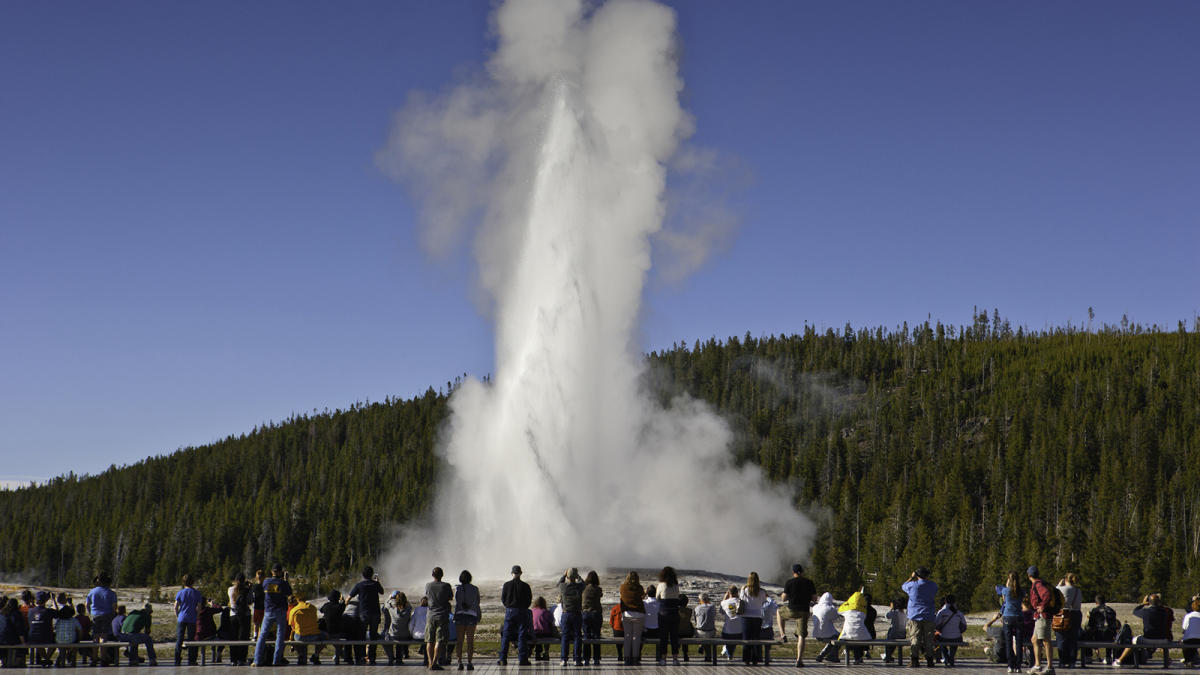Yellowstone National Park, a breathtaking landscape known for its geysers, hot springs, and wildlife, holds a dark secret beneath its surface: a supervolcano. This natural wonder has erupted three times in Earth's history, with the most recent eruption occurring 640,000 years ago.
The largest of these eruptions, which occurred 2.1 million years ago, ejected a staggering 2,450 cubic kilometers of material, earning Yellowstone the title of "supervolcano". While the likelihood of another such eruption in our lifetime is extremely low, the consequences would be catastrophic for North America and potentially the entire world.
A Supervolcano's Fury
If the Yellowstone supervolcano were to erupt, the event would unfold in a terrifying sequence:
Magma Rising: Molten rock, or magma, from deep within the Earth's core would begin to melt the rock beneath the surface. This process would create a mixture of magma, rocks, vapor, carbon dioxide, and other gases.
Pressure Build-up: Over thousands of years, this mixture would amass and rise, creating immense pressure that would push the ground upward into a dome shape. Cracks would form along the edges of this dome.
Explosive Release: The pressure would eventually be released through these cracks, causing an explosive eruption that would rapidly expel the magma across the park.
The Devastating Consequences
The eruption wouldn't just involve lava flows. It would unleash a catastrophic chain of events:
Immediate Devastation: The eruption could kill an estimated 90,000 people immediately. A thick layer of molten ash, reaching up to 10 feet (3 meters) deep, could blanket areas within a 1,000-mile (1,609 kilometers) radius of Yellowstone.
Impassable Landscape: The ash would block access to the park, rendering roads and airports impassable. Air travel would be severely disrupted, similar to the impact of the 2010 Icelandic volcanic eruption.
"Nuclear Winter" Scenario: Some experts warn of a "nuclear winter" scenario, where sulfurous gases released from the eruption would combine with atmospheric water vapor, creating a dense haze that would block sunlight and dramatically cool global temperatures. This could lead to widespread crop failure and disrupt the entire food chain, potentially causing widespread famine.
The Likelihood of an Eruption
While the potential consequences are dire, the good news is that an eruption of this scale is highly unlikely in the near future. The United States Geological Survey (USGS) estimates the annual probability of an eruption to be a mere 0.00014%.
Furthermore, the magma chamber beneath Yellowstone's caldera is estimated to be only 5 to 15 percent molten, suggesting there might not be enough lava flow to fuel a large-scale eruption.
Living with a Supervolcano
The Yellowstone supervolcano serves as a stark reminder of the power and unpredictability of nature. While an eruption is improbable, it is essential to be aware of the potential risks and monitor the volcano's activity. Scientists at the USGS continuously study Yellowstone to better understand its behavior and prepare for any future events.
The threat of a supervolcano eruption is a powerful reminder of the interconnectedness of our planet and the importance of scientific research and preparedness.

